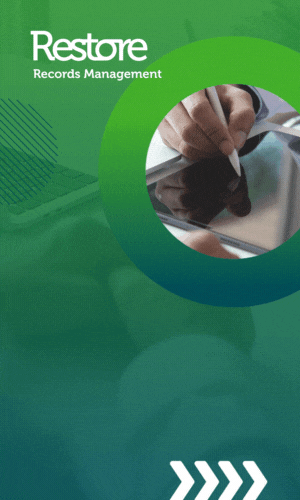Colin Roberts, Vice President, Product Strategy, West Corporation and Raffi Terzian, M.D., MPH, Senior Vice President of Clinical Operations, Senior Medical Director, West’s Health Advocate Solutions
There is no denying that technology is transforming the healthcare experience. However, better patient outcomes are still reliant on strong patient engagement. Further, people have various needs and preferences when it comes to how they want to approach and manage their health. A one-size-fits-all engagement strategy is no longer effective to motivate people to take action to improve their health.
Additionally, reaching the maximum number of patients through consistent patient communication across the continuum of care is key to closing gaps in care. Yet, many healthcare organizations do not have the tools and processes in place to align patient member communication with clinical workflows or care plans. As a result, engagement is often disjointed, reactive and inefficient. For example, periodic outreach phone calls are too easily missed.
However, organizations can meet the varied needs of patients and improve outreach by harnessing the power of technology like automated phone calls, texts, emails and online portals, and blending it with personalized communication. Both technology and live support resources offer their own mix of benefits and costs for organizations, but when implemented appropriately, they can be very successful together. Finding the right balance can benefit organizations, driving patient engagement and optimizing healthcare outcomes.
Leveraging existing and emerging technology
Technology is constantly evolving, and both existing and emerging solutions can play an important role in complementing and amplifying healthcare initiatives. By strategically layering these resources into outreach and communications, it’s possible to increase engagement and help patients take the next step to improve their health. Two strategies currently gaining ground include automation and personalization.
Automation
Healthcare communication and management strategies and tactics vary from organization to organization, but each deals with the challenges of reducing costs while accommodating the varying needs of a growing patient population. The strategic use of automation technology based on where patients are on the spectrum of risk allows organizations to put a “human touch” where it is most needed: in areas relating to chronic care and transition care management; and provide customer-friendly, intelligent automation for patients who require more basic services, like routine care management.
Data-driven, automated outreach allows for broader, more consistent engagement across the care continuum and can be delivered more cost-effectively, while also allowing for care managers
Read more at: http://www.hitleadersandnews.com/the-balancing-act-integrating-high-tech-with-high-touch-to-benefit-patient-health/




